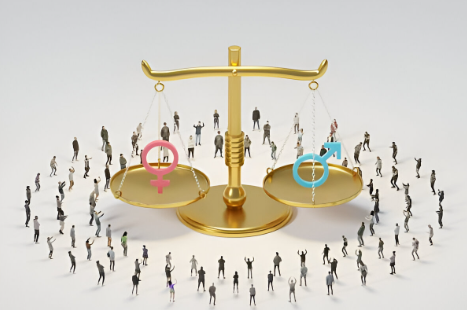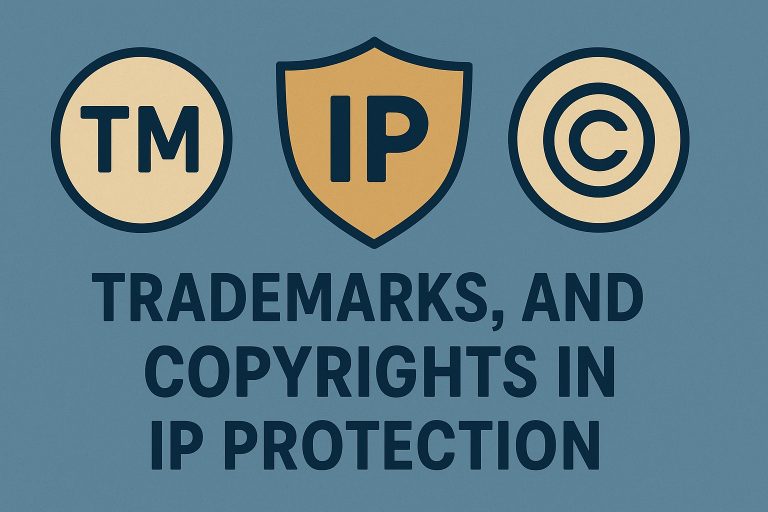In 2025, gender equality remains a critical issue in workplaces, schools, and other institutions. While progress has been made over the decades, gender discrimination still occurs in subtle and overt ways—from pay disparities and promotional inequalities to outright harassment or unfair termination. Understanding gender discrimination law is essential for employees, employers, students, and anyone who wants to ensure their rights are protected.
Here are the key gender discrimination laws you should be aware of in 2025:
- Title VII of the Civil Rights Act of 1964 (as amended)
Title VII is the cornerstone of workplace gender discrimination law in the United States. It prohibits employers from discriminating based on sex, which includes gender identity and sexual orientation (as clarified in the 2020 Supreme Court ruling, Bostock v. Clayton County).
What this law covers:
- Hiring and firing practices
- Pay discrepancies
- Promotions and demotions
- Harassment based on sex or gender identity
- Retaliation for reporting discrimination
In 2025 updates: By providing clear guidelines and broader protections, the Equal Employment Opportunity Commission (EEOC) announced it will continue to take up cases involving transgender people, those who are gender fluid, and those who identify as non-binary.
- Equal Pay Act (EPA) of 1963
The Act guarantees that someone’s pay is not affected by their gender when doing the same job. Even though this law was made decades ago, wage inequality is still common.
Important changes occurring in 2025:
- In many parts of the country, companies must show salary ranges in job descriptions.
- In some states, the consequences for breaking equal pay rules have been toughened.
- Protection under the EPA applies to remote workers, no matter where they happen to be working from.
- Title IX of the Education Amendments of 1972
Title IX prohibits gender discrimination in federally funded education programs and activities. This law applies to students, teachers, and staff in K-12 schools and higher education institutions.
What’s changed in 2025:
- Protections now cover transgender and non-binary students as well.
- Policies on sexual harassment and gender-based violence should be set out by schools.
- There should be equal sports opportunities available to students of all genders at colleges.
When facing discrimination in education as a student or an educator, learning about Title IX benefits you should be a priority.
- Pregnancy Discrimination Act (PDA) of 1978
The PDA is an amendment to Title VII and protects employees from discrimination based on pregnancy, childbirth, or related medical conditions.
2025 highlights:
- The Pregnant Workers Fairness Act, which became law in 2023, is now officially in effect and includes provisions for reasonable accommodations of pregnant workers.
- More and more people are accepting remote work as a feature of accommodation.
- Political developments at the state level are leading employers to roll out paid parental leave.
- State-Level Gender Discrimination Laws
In addition to federal laws, many states have their anti-discrimination statutes that go beyond national requirements. For example:
- The Fair Employment and Housing Act (FEHA) in California ensures that anyone who faces gender identity discrimination is well protected.
- New York laws on human rights say that gender expression is protected, and the law fines employers who do not provide accommodations for transgender employees.
- Managers in several states are now required by law to learn how to spot and stop gender-based discrimination.
- Workplace Harassment and Hostile Work Environment Protections
Gender discrimination is often linked to harassment, which can cause the workplace to become aggressive. In 2025, companies are expected to work harder to stop and deal with gender-based harassment.
Updates include:
- Required anti-harassment training in a larger number of states.
- Non-binary and gender-nonconforming employees should be protected by the policies.
- Firms should set up roles for “Equity Officers” who manage discrimination and harassment cases.
- LGBTQ+ Protections Under Gender Discrimination Law
Coverage for gender discrimination laws has gone far to support the rights of LGBTQ+ people. The Supreme Court decision issued in 2020 has led to most of these safeguards being enshrined in both local and federal rules.
In 2025:
- Many federal agencies see mistakenly using the wrong pronouns or ignoring a person’s preferred pronouns as a type of gender discrimination.
- Treating patients equally based on their gender identity is required by Section 1557 of the Affordable Care Act.
- Many sorts of organizations are required by law to provide inclusive benefits and medical insurance.
Legal Recourse and Next Steps
In case you think you were discriminated against due to gender in 2025, several legal approaches are open to you. If you are in a certain situation, you may need to:
- Send a complaint to the Equal Employment Opportunity Commission (EEOC) or your local human rights agency.
- Hire a civil rights attorney to take legal action.
- Inform your HR or equity officer if you notice a violation of workplace practices.
Final Thoughts
Modern society rejects gender discrimination. Knowing the rules introduced by federal and state gender discrimination laws is key today. In any environment, such as the workplace, a school, or public spaces, understanding is what will help you the most.




